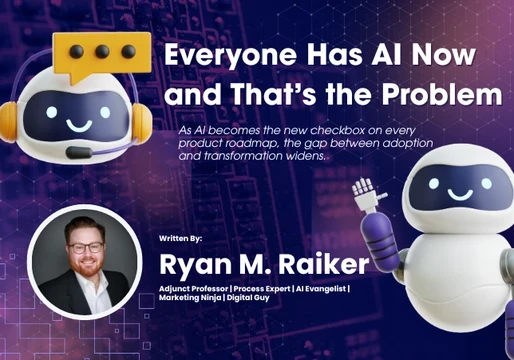Artificial intelligence developed by Google could soon consume as much energy as a country the size of Ireland or the Netherlands, a new study has warned.
Research by PhD candidate Alex De Vries found that the rate at which Google’s AI is growing could see it consume electricity between 85-134 terawatt-hours (TWh) by 2027 – which is roughly the same annual energy consumption of a small country.
That estimation, however, depends on a number of factors remaining unchanged. De Vries notes that the rate at which AI is growing, the availability of AI chips, and servers continuing to work at full pelt all the time, would all need to stay the same to consume that much energy.
“The worst-case scenario suggests Google’s AI alone could consume as much electricity as a country such as Ireland (29.3 TWh per year), which is a significant increase compared to its historical AI-related energy consumption,” de Vries said.
"You would be talking about the size of a country like the Netherlands in terms of electricity consumption. You're talking about half a per cent of our total global electricity consumption.”

Hungry for energy
The paper quotes the chair of Google’s parent company Alphabet as stating interacting with generative AI could “likely cost 10 times more than a standard keyword search”.
The tech behemoth has announced plans to integrate generative AI into its search technology and workspace products. Other major tech companies, including Microsoft, have already started embedding AI models across their software.
Google’s total electricity use across offices and data centres is already significant, totalling around 18.3 TWh in 2021. And generative AI is contributing to its hunger for electric power.
To read more about artificial intelligence, visit our dedicated AI page.
In 2021 – well before the launch of ChatGPT and the beginning of the AI boom – the tech was already accounting for 10 - 15 per cent of the company’s electricity use, de Vries notes.
“With Google currently processing up to 9 billion searches daily, these scenarios would average to an energy consumption of 6.9–8.9 Wh per request. This estimate aligns with Hugging Face’s BLOOM model, which consumed 914 kWh of electricity for 230,768 requests,4 averaging to 3.96 Wh per request.
“These scenarios highlight the potential impact on Google’s total electricity consumption if every standard Google search became an LLM interaction, based on current models and technology.”
‘Worst case scenario’
While AI requires massive amounts of energy, the paper notes that Google and other tech companies will be able to optimise their AI systems’ energy consumption as the tech develops.
“In addition to hardware efficiency improvements, innovations in model architectures and algorithms could help to mitigate or even reduce AI-related electricity consumption in the long term,” the paper reads.
Google’s Generalist Language Model (GLaM) was trained on 7 times the number of parameters included in GPT-3, but it required 2.8 times less energy for this process only 18 months after GPT-3 was trained.
De Vries states that a more accurate projection of worldwide AI-related electricity consumption could be derived from NVIDIA’s sales given its estimated 95 per cent market share in 2023.
“If operating at full capacity (i.e., 6.5 kW for NVIDIA's DGX A100 servers and 10.2 kW for DGX H100 servers), [Nvidia’s] servers would have a combined power demand of 650–1,020 MW.
“With NVIDIA strongly outperforming analyst expectations during the first half of 2023, the AI server supply chain is on track to deliver the projected growth.”







Comments ( 0 )